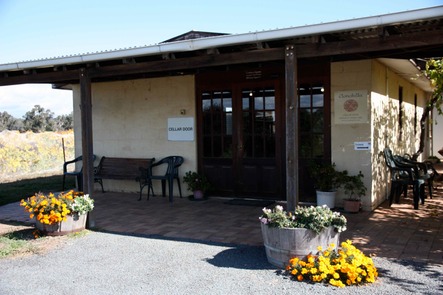With the doors open, we headed inside, initially for the First World War galleries, where I would, as previously stated, have been happy to spend the next hour and a half on a close examination of the Western Front before moving on to a more cursory look at as much as I could manage before departure time, but that wasn't to be and we manage to work our way through both World Wars and the Aircraft Hall before heading off on the road north around eleven thirty.
I'd been more than slightly sensitive to the likelihood that what was on display could go over the top in the jingoistic sense, but was impressed by the even-handedness with which sensitive topics were handled throughout the displays we saw.
I expected Madam would have issues with some of the content relating to the Japanese campaigns of World War Two, and would have issues with matters relating to Conscription and the Vietnam War myself, but, as stated, we both thought the content, presented in a matter of fact manner without too much in the way of obvious editorial comment, was highly informative and appropriate.
Personally, however, I have to say that I found the newsreel voice overs, with that rounded semi- but not quite British accent, a reminder of an era that I definitely don't want to be going back to. We've come a long way since the fifties, and the prominence given to the battles on the Western Front vis a vis Gallipoli in the World War One gallery was a welcome reminder that there are a number of historical issues that need to be reassessed, though I doubt that is possible in a landscape blighted by the so-called History Wars.
That might seem like a cheap shot at ANZAC, but isn't intended that way.
Although I've yet to read the material, Henry Reynolds and others have started to question the place of Anzac Day in Australian culture, and it's appropriate for that to happen. Although you don't (or maybe you do, but I didn't) get too much of the manipulation of the Gallipoli story for political purposes in the gallery display, there's been a definite, and to my mind entirely justifiable shift in emphasis when it comes to the military campaigns that Australians were involved in during the War To End All War.
Discussions of such matters, of course, belongs in the People's Republic of the Little House of Concrete or Interesting Times rather than the current travelogue, but people of my generation were told Gallipoli was the big show, with the battles on the Western Front being tacked onto the narrative as a sort of and afterwards they went to thing.
We also got a fairly thorough narrative when it came to World War Two, which explains why, had I been there on my own I would have spent a lot of time looking closely at things that weren't quite so familiar.
 But I wasn't, and, consequently, we didn't.
But I wasn't, and, consequently, we didn't.
If we hadn't had a substantial travel quotient on the day's itinerary we could have stayed longer, but we'd set an effective deadline of around eleven-thirty, and that was about when we left the Aircraft Hall, so it was back to the car park and ho for the road to the north.
Scheduling the winery segment on Monday I'd left Clonakilla off the list on the basis that it was the only one of the four that was open seven days and could consequently be visited en route to Cowra and Canowindra, but there was no way we were going to be bypassing the place as long as I had anything to do with things.
I didn't get a chance to taste the iconic Shiraz Viognier, but what was on offer at the Cellar Door was enough to ensure I was adding my details to the mailing list, and we escaped with a bottle of VP to counter the forecast chills over the next couple of night's as well as two bottles of olive oil, one of which was intended for the ex-neighbours. More...